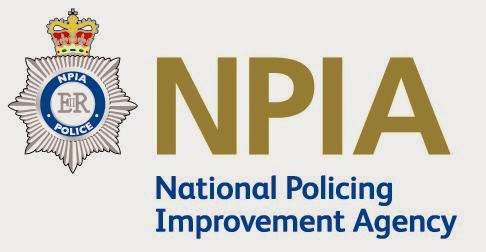As well as necessary equipment such as food, water and medicine, computer technology is now being seen as a ‘necessity’ something poorer countries need more of in order to help to increase education in third world countries. Certain charities and organisations are working to help provide computers and other forms of technology to poorer countries. If this is successful and it allows everyone to access a computer, it will therefore bridge the global divide between the rich and poor countries. A charity called ‘close the gap.org’, helps to provide computers to areas in need and therefore helps to ‘bridge the divide’.
Not only has there been interest in bridging the global divide, there has also been interest to help bridge the local dived as well. Microsoft is an example of one of the companies who are working towards bridging the local divide with their scheme of GetOnline@Home. Schemes such as these sell cheap computers for those who are unable to buy a normal computer which would normally cost them around £600-800 for a decent one. The scheme is also designed for charities and small businesses (who may need a large number of computers) that may need cheap computer technology more than other people do.
Across the world governments are working in their own countries to help to ‘close the gap’. An example of this would be, in India the government are working to bridge the urban- rural divide, they hope this will help to ‘bridge the local divide’. Other developing countries such as China, Brazil and Russia are also working closely on ways to close their own urban- rural divide. Ways the government are trying to achieve this is by improving broadband, selling cheaper computers and introducing more people to computer technology.
 Trying to bridge the divide globally as well as locally is not an easy task to do. It has been known that some effects have been introduced to the older generation who have tried to avoid the use of computers and other forms of technology. Schemes have been created by the government which mention that they want to help older people who may not be able to afford the average decent computer. As mentioned before, there are certain outreach centres available that help to teach older people the basic things on computer usage, also available are guides who teach the elderly about how to use a computer and the internet. Outreach centres have been introduced to help people who don’t feel confident with computers or other forms of technology.
Trying to bridge the divide globally as well as locally is not an easy task to do. It has been known that some effects have been introduced to the older generation who have tried to avoid the use of computers and other forms of technology. Schemes have been created by the government which mention that they want to help older people who may not be able to afford the average decent computer. As mentioned before, there are certain outreach centres available that help to teach older people the basic things on computer usage, also available are guides who teach the elderly about how to use a computer and the internet. Outreach centres have been introduced to help people who don’t feel confident with computers or other forms of technology.






